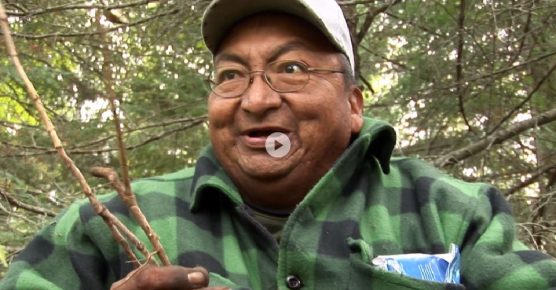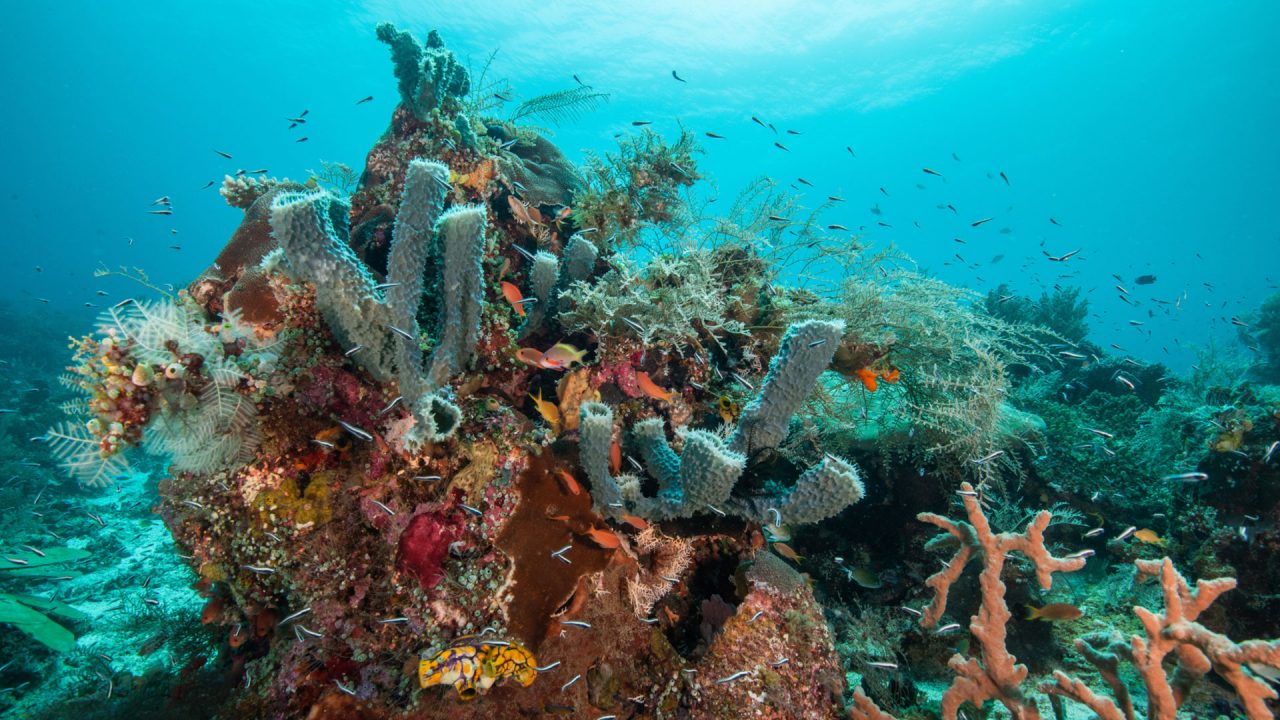
Mini-Lesson for 360 Degrees
Mini-Lesson for 360 Degrees
Mini-Lesson for 360 Degrees: Sage Advice
School Subjects:
- Family Studies/Home Economics – Relationships
- Health/Personal Development – Disease Prevention
- Indigenous Studies – Identity/Society, Issues
Ages: 12-14
360 Degrees, Caroline Monnet, provided by the National Film Board of Canada
Keywords/Topics: Traditional Indigenous Medicine, Cultural Identity, First Nations, Traditional Values, Spirituality, Youth, Intergenerational Relations
Overarching Question: How does the transference of Traditional Cree Knowledge shape identity and cultural belonging?
Educational Synopsis: 360 Degrees introduces us to Sébastien Aubin, a young Opaskwayak First Nation Cree graphic artist living in Winnipeg, who seeks to connect with the land and his cultural identity by establishing and maintaining a relationship with a Traditional plant and medicine knowledge holder, Elder Mark Thompson. Like his mentor, Sébastien hopes to help uplift those suffering from emotional, mental, spiritual and physical ailments.
Activity 1. Reasons to Learn: Turn, Talk and Share
Clip #1 (2 min 14 s)
Activity Steps
- Turn to a classmate. Talk about what you think Sébastien is looking for in his relationship with the Elder Mark Thompson.
- Students share their thoughts with the class.
- Teacher shares the summary with the class.
Summary
Sébastien questions the things people usually want: a car, a big house, lots of money. Traditional Knowledge includes knowledge as well as experiences, interactions and relationships with the land and people.
Sébastien hopes to continue expanding his knowledge and maintain a relationship with his mentor. He strives to better understand his Cree connection to the land in relation to the use of plants as medicine. He hopes to be able to heal himself and others emotionally, mentally, spiritually and physically. Sebastien would like to connect with his cultural roots and better understand where he comes from while acquiring knowledge to pass on to the next generation.
Activity 2. Indigenous Philosophy of Plants: Open Question
Clip #2 (3 min 4 s)
How does the use of Cree language in the film strengthen Traditional Medicine teachings and cultural identity, and how has the forcible disconnect to language contributed to a disconnect to land and overall health?
Summary
There is an interconnection between language and worldview. Transference of Traditional Knowledge is strengthened when one understands the language. Relationship with the land and nature is embedded within the Cree language. Cree people have lived on this land since time immemorial, and the language was shaped by the spirit of the land and our relationship with it. One can learn about Indigenous Medicines in another language, yet the depth of knowledge is strengthened when one learns about the land within a Cree language/worldview context.
Language transference was intentionally severed by aggressive colonization tactics, much like the forced severing of our inherent place on this land, which is why so many may not know their first language and do not have a sense of belonging on this land. There are ongoing efforts to revitalize and learn the language, Protocols, ceremonies and medicines. Learning language and the worldview embedded in it requires effort, as does learning Traditional Medicine and cultural Protocols.
Activity 3. The Life Force of Plants: Mind Map and Circle Pop-Up
Clip #3 (3 min 47 s)
In small groups or partners, have students create a mind map in which they think about the significance of practising Protocols when harvesting Traditional Medicines. How does practising a Protocol reflect a Cree worldview and the shaping of identity? What is reciprocity, and how is it reflected in practising Protocols?
Have students sit in a large circle. Choose a starting point and have students pop-up (stand up) and loudly state one idea from their mind map. Challenge students to see how many pop-ups can be done in a 2-3-minute time frame (time frame can shift depending on how many students are in the circle).
Summary
For Elders who hold Sacred Knowledge of the land and medicines, a spiritual connection to the natural world is at the heart of the transfer of knowledge. One aspect of worldview is reflective of interconnection and relationships between each other and the natural world.
Protocols are rooted in reciprocity, which involves gratitude, appreciation and giving back so as to ensure sustainability. The scene in the film explaining the traditional use of tobacco demonstrates the bond of trust and capacity for dialogue that now exists between Sébastien and his teacher. Traditional ecological and medical knowledge is an accumulation of experiences acquired and shared over thousands of years by humans as we interact with our environment. An appreciation of the land and cultural Protocols can be carried with a person wherever they may be.
When one learns of the gifts of Indigenous Medicines that this land has, it is of utmost importance to harvest and think about the medicines in a good way. To harvest in a good way means to honour the spirit of the plant by offering Protocol and gratitude, using sustainable harvesting practices, respecting Indigenous Knowledge systems, and developing and maintaining positive relationships with Indigenous people.
Take Action

In the film, the Elder speaks of more and more people seeking his help, which contributes to him burning out. He advises Sébastien to take care of himself first.
Consider how policies such as forced confinement on reserves, the forcible disconnect from the land, and consumer culture have contributed to a lack of connection to traditional foods and medicines, which contributes to sickness. How can people reconnect with the land in a good way, to encourage Indigenous food and plant sovereignty?
Explore and research Traditional Indigenous Medicines from the land that might continue to grow within your region.
Identify three different Indigenous plants that can be found in your region.
What is the original Indigenous name of the plant?
Research and explain Indigenous Protocols involved in the harvesting and use of medicines.
Connect with local Indigenous people to help guide this process.
Find an effective way (social media post, poster, or presentation) to share what you learned about these plants and Protocols with the other students at your school.
Pour lire cet article en français, cliquez ici.
This mini-lesson was written by Kanatakhatsus Meunier and Crystal Clark.
Crystal is a Cree/Dene Métis mother, Educator, Indigenous Education Consultant, and artist who is dedicated to supporting the Calls to Action. She has a background in New Media studies at the Vancouver Film School, a Bachelor of Education, a fine arts degree and a master’s degree in Educational Technology, as well as an Indigenous Creative Writing and Visual Arts diploma from the En’okin Center. She also has extensive experience teaching in First Nations communities, and experience in resource development, research and the facilitation of Indigenous Education for teachers across the province of Alberta, as well as in teaching educational technology to pre-service teachers.
Discover more Mini-Lessons | Watch educational films on NFB Education | Watch educational playlists on NFB Education | Follow NFB Education on Facebook | Follow NFB Education on Pinterest | Subscribe to the NFB Education Newsletter



